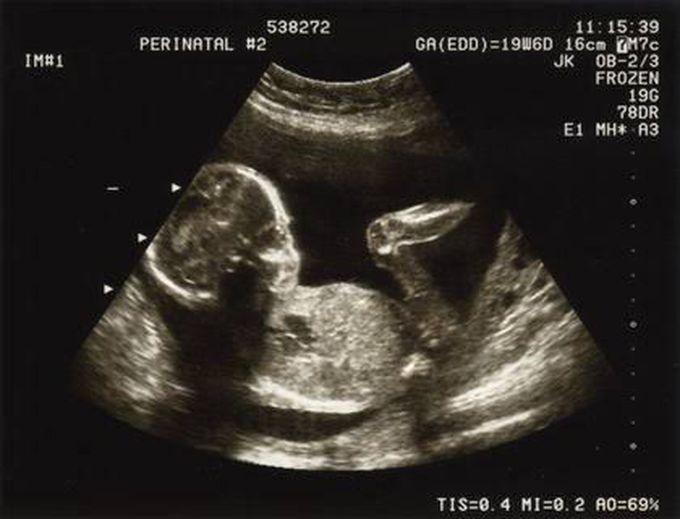


Perinatal Period
Prenatal Period Prenatal development is the process in which an embryo and later fetus develops during gestation. Prenatal development starts with fertilization, the first stage in embryogenesis which continues in fetal development until birth. Gravidity Gravida refers to a pregnant woman Gravidity refers to the number of pregnancies A nulligravida is a woman who has never been pregnant A primigravida is a woman who is pregnant for the first time A multigravida is a woman in at least her second pregnancy Parity Parity is the number of births (not the number of fetuses, e.g., twins) carried past 20 weeks of gestation, whether or not the fetus was born alive A nullipara is a woman who has not had a birth at more than 20 weeks of gestation A primipara is a woman who has had 1 birth that occurred after the twentieth week of gestation A multipara is a woman who has had 2 or more pregnancies to the stage of fetal viability True Labor Contractions occur regularly, become stronger, lastlonger, and occur closer together. Cervical dilation and effacement are progressive. ▪ The fetus usually becomes engaged in the pelvis and begins to descend. False Labor False labor does not produce dilation, effacement, or descent. ▪ Contractions are irregular, without progression. Activity, such as walking, often relieves false labor. Maternal weight continuing weight increase in pregnancy is consiidered to be a favourable indicator of maternal adaptation and fetal growth Expected increase- 4.0kg in first 20 weeks 8.5kg in second 20 weeks (0.4kg/weeks in the last trimester) 12.5kg approximate total NOTE- breasts=0.4kg fat=3.5kg placenta=0.6 fetus=3.4kg amniotic fluid=0.6kg uterus(increase)=1kg blood vol.=1.5kg extracellular fluid=1.5kg TOTAL=12.5KG
The perinatal period commences at 22 completed weeks (154 days) of gestation and ends seven completed days after birth. Perinatal and maternal health are closely linked.Perinatal mortality refers to the number of stillbirths and deaths in the first week of life (early neonatal mortality).



